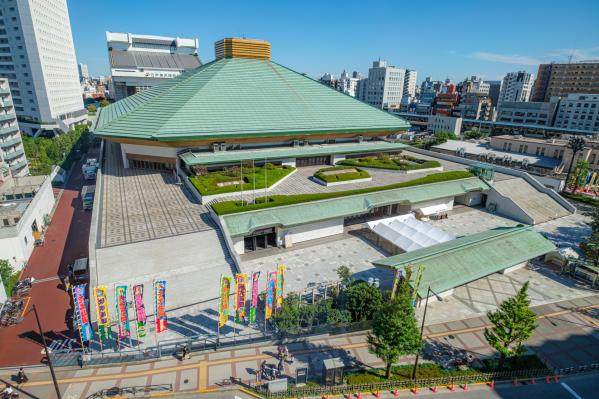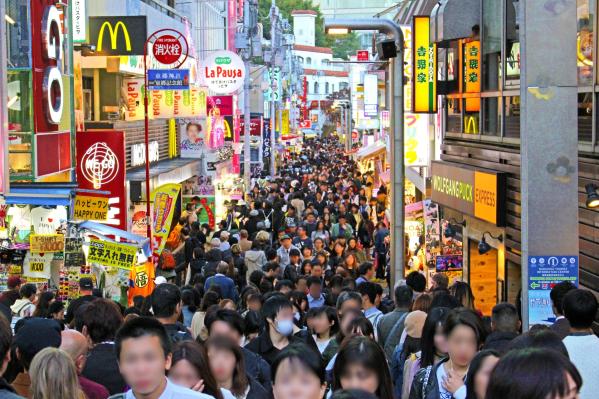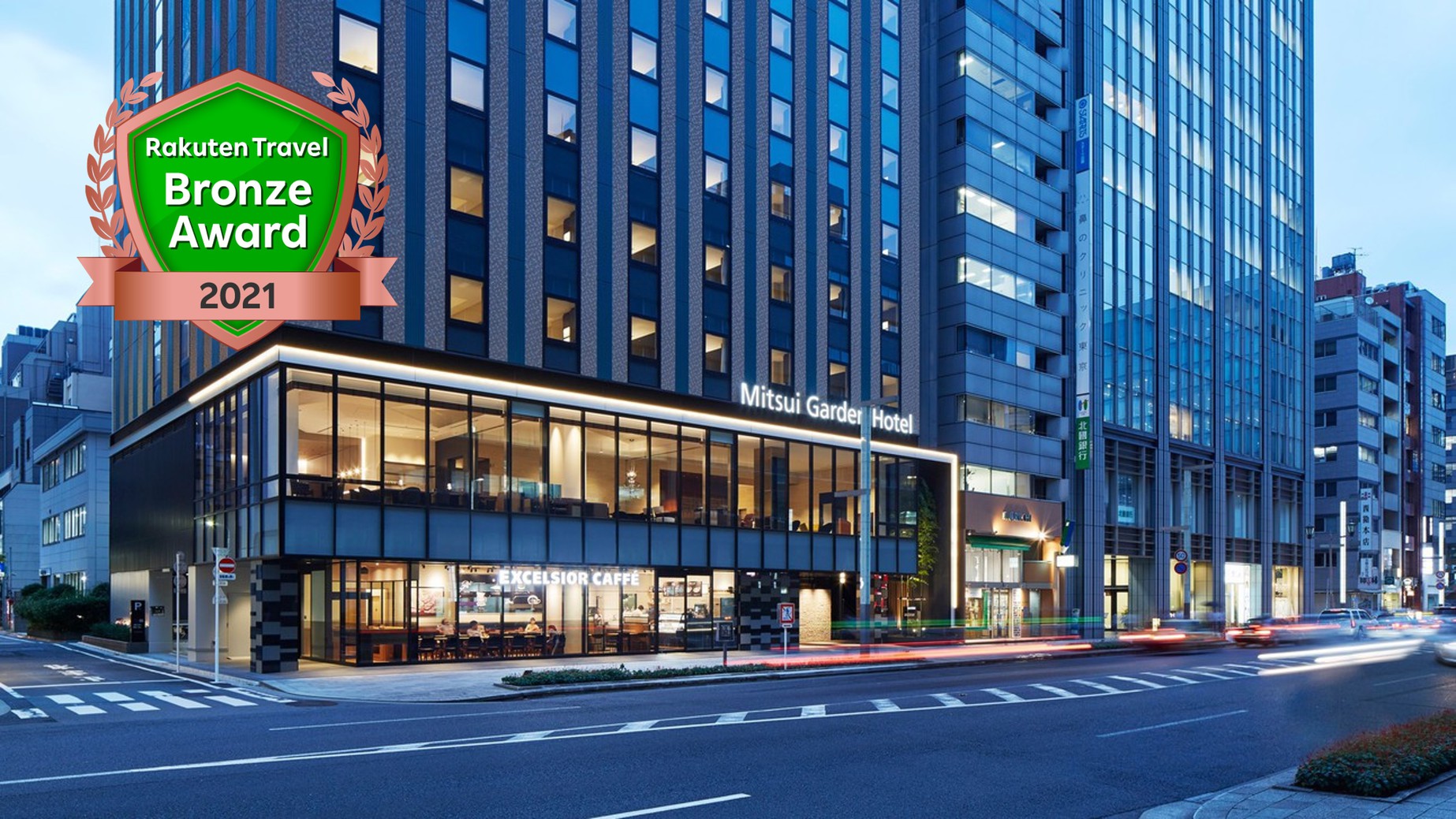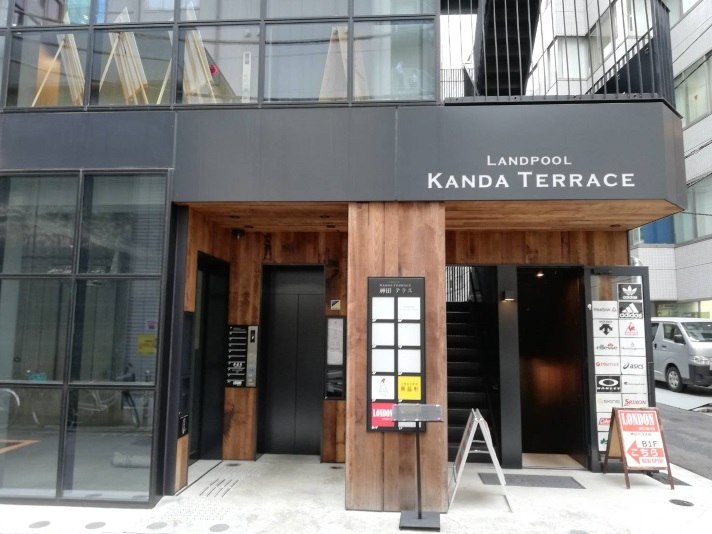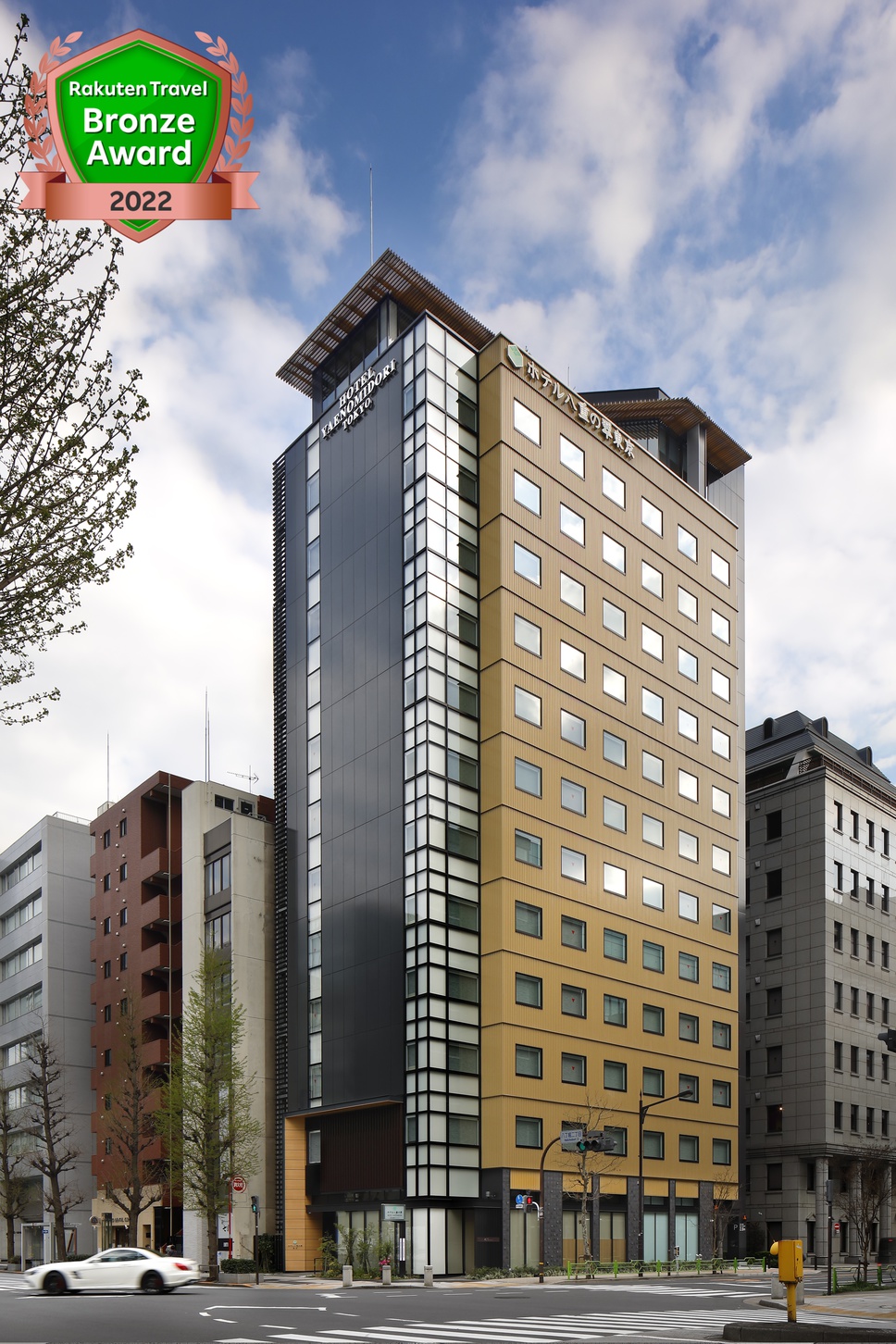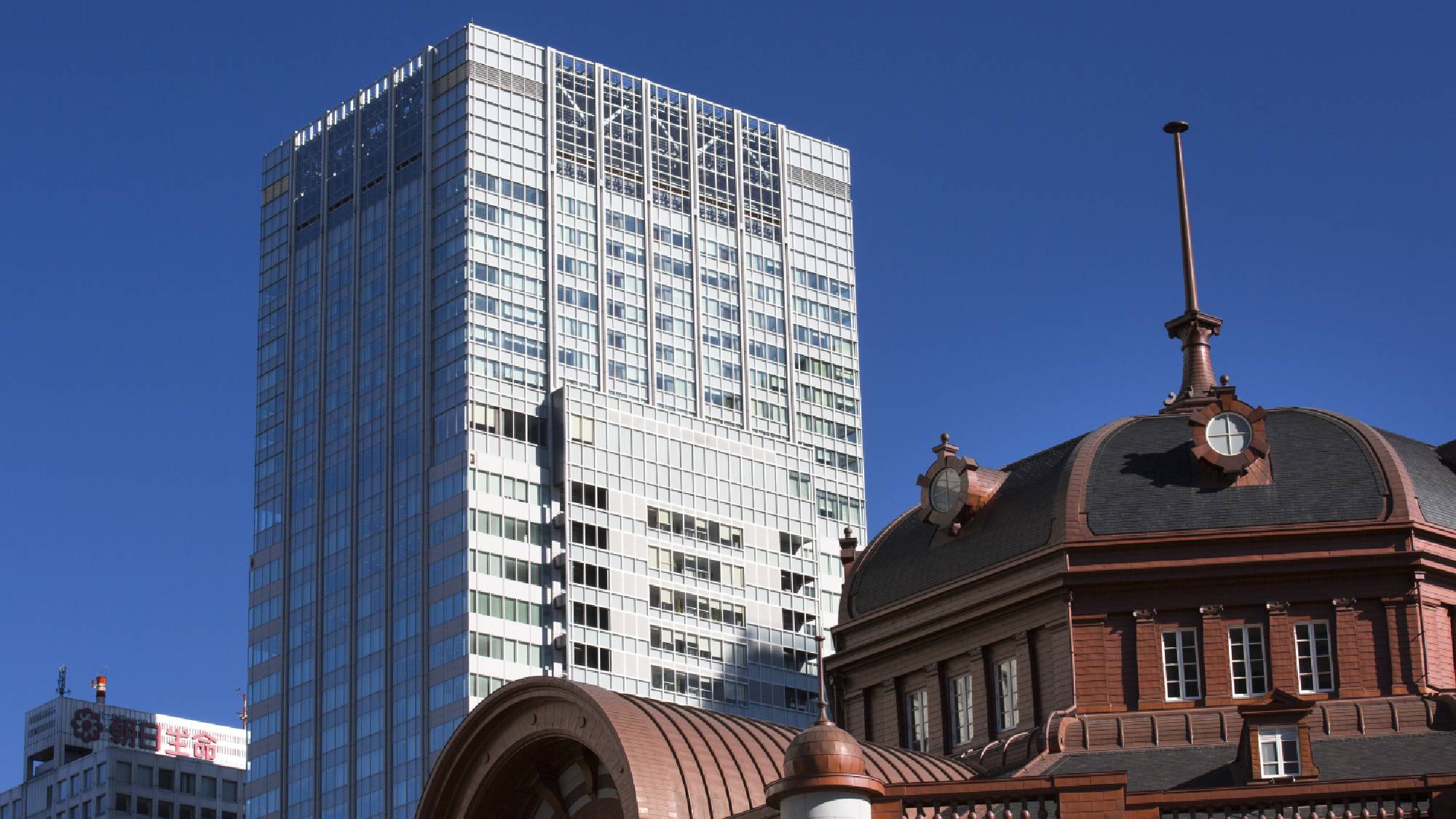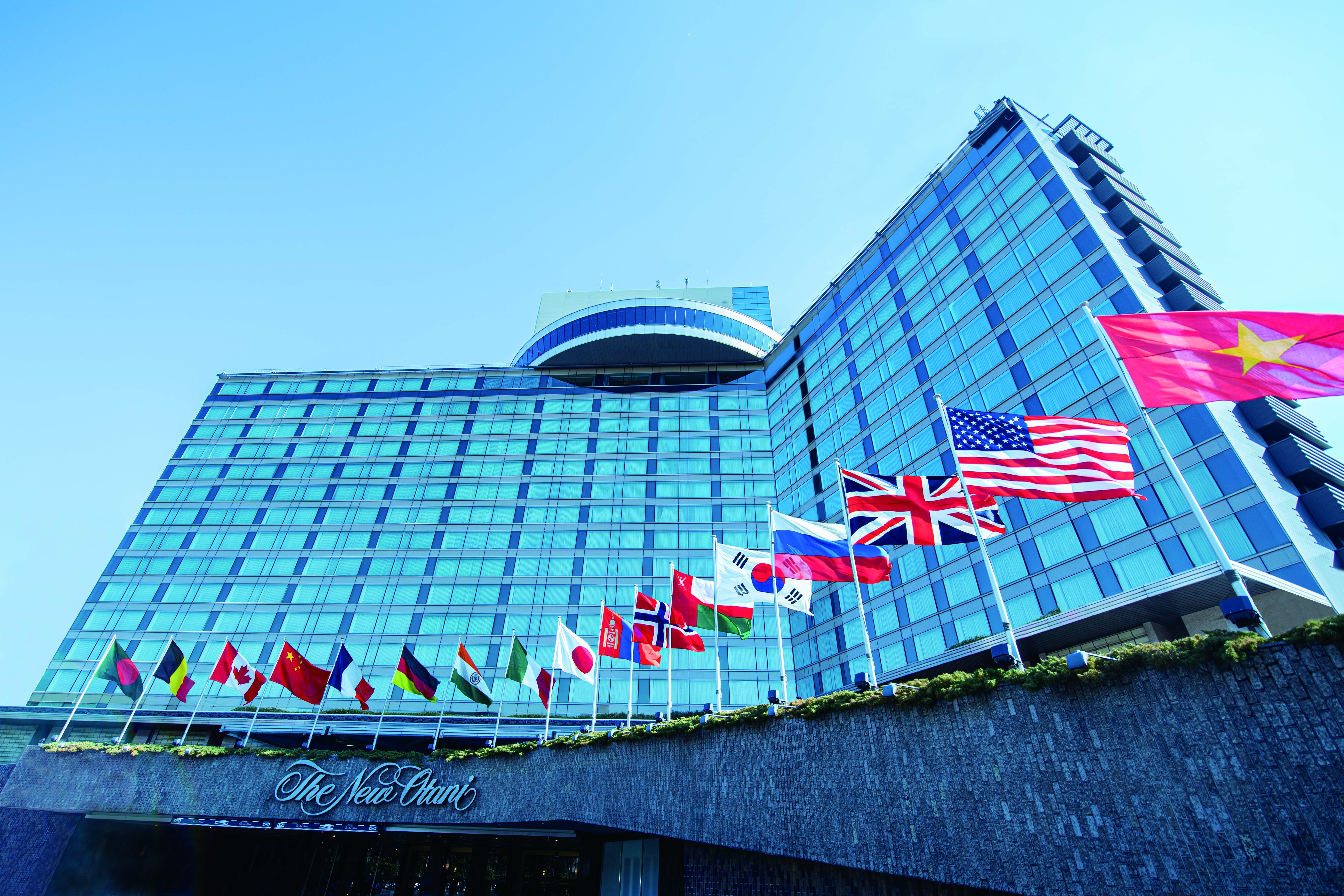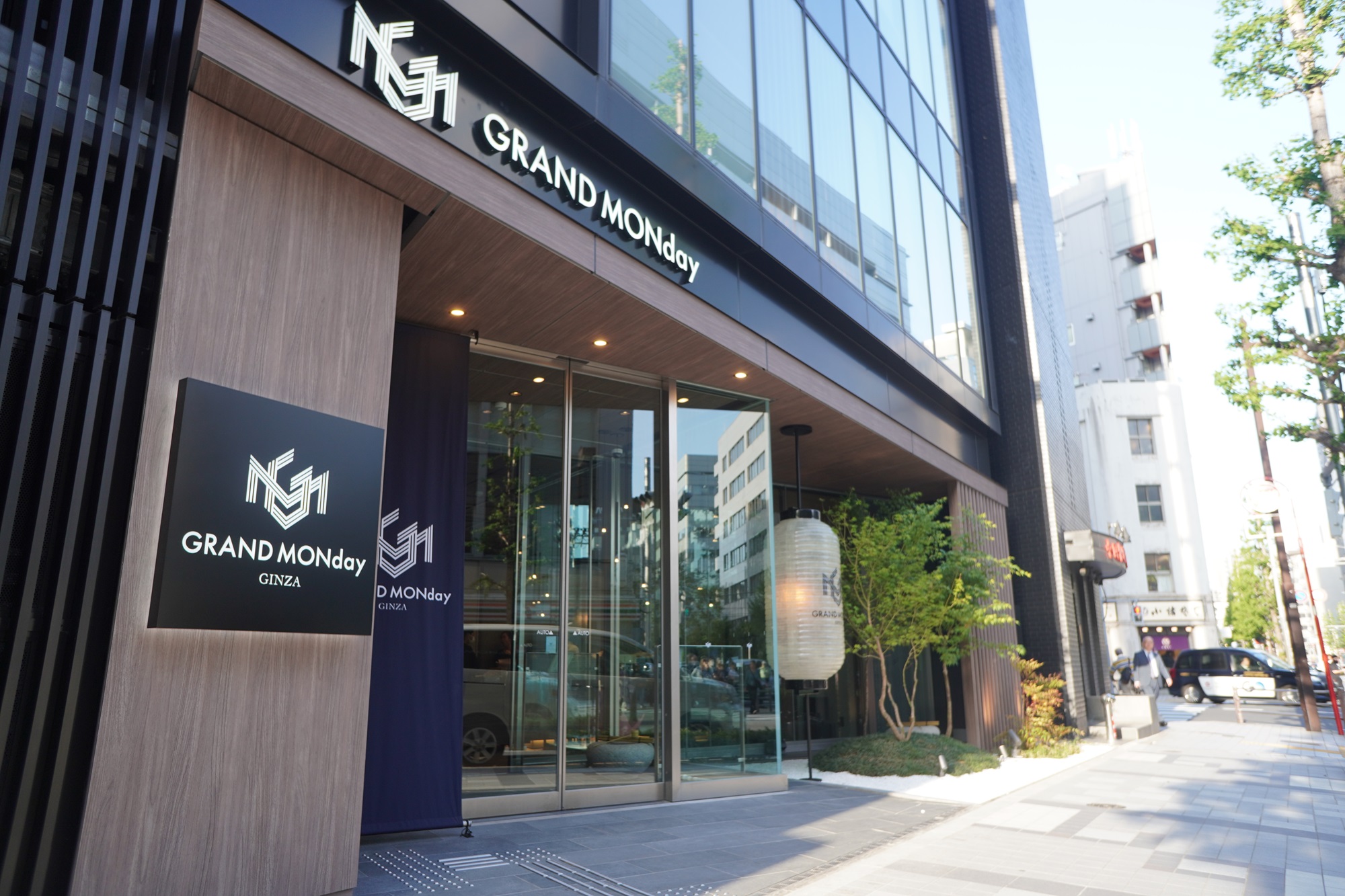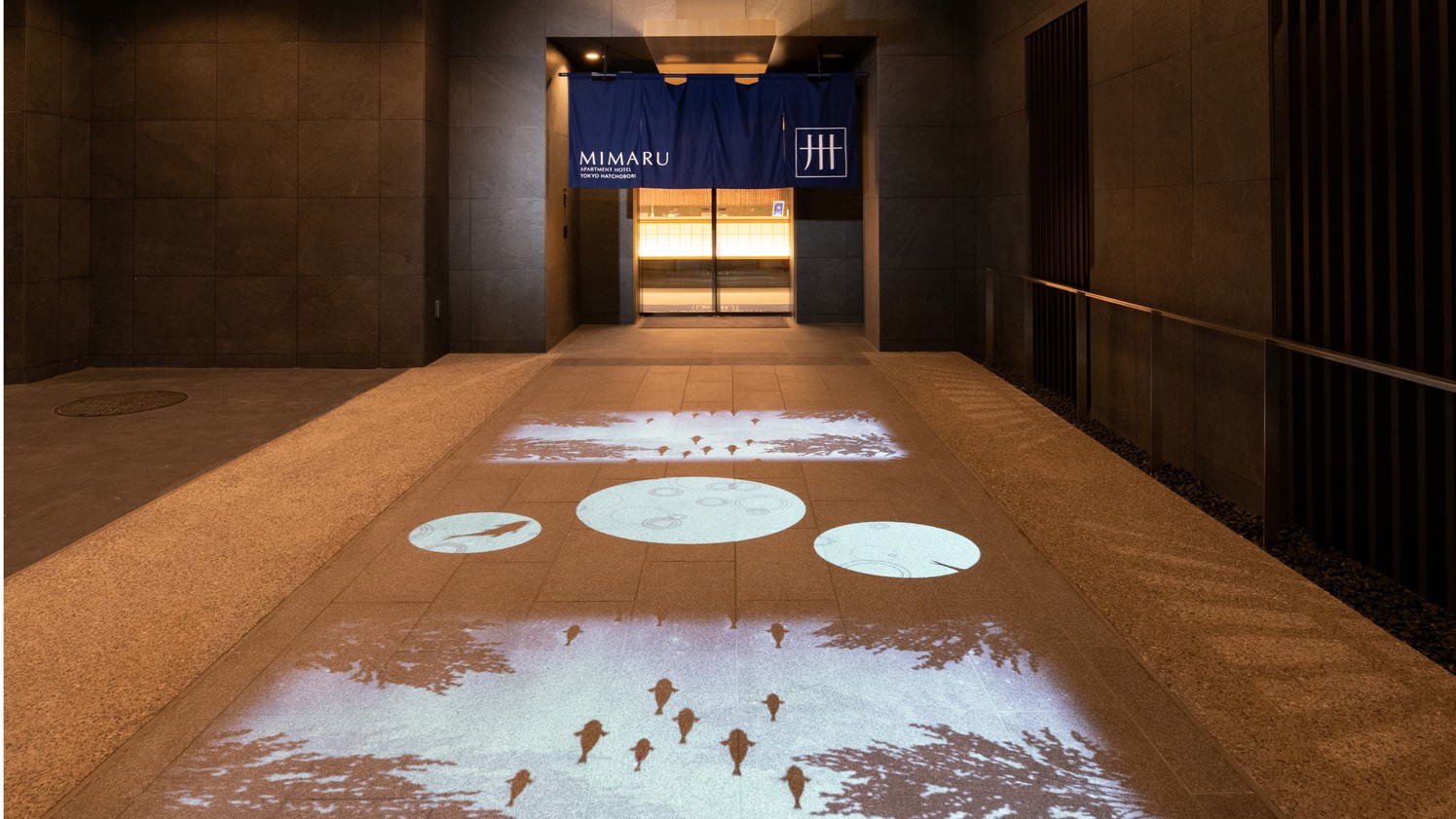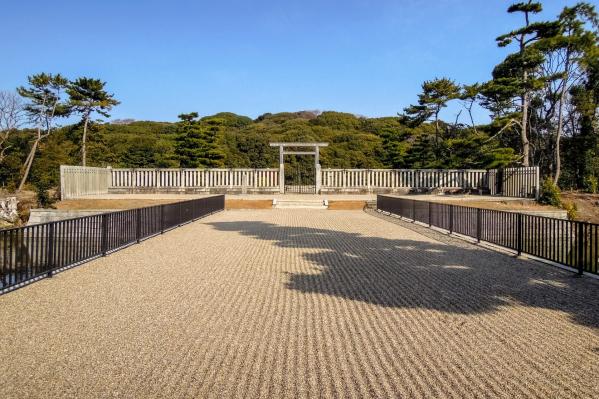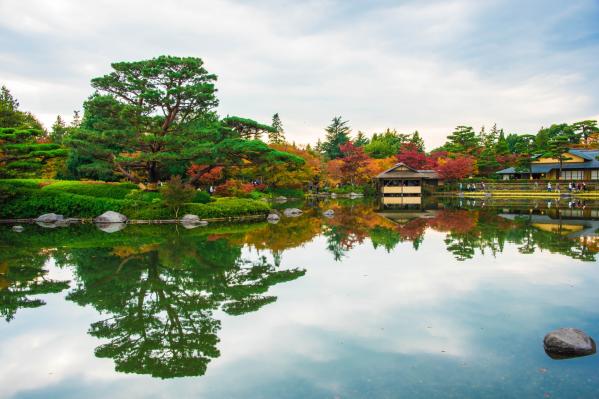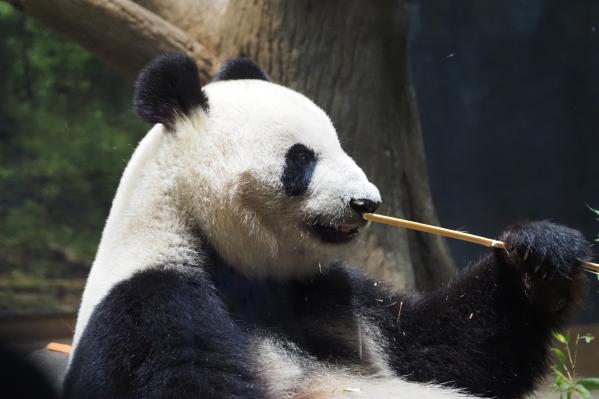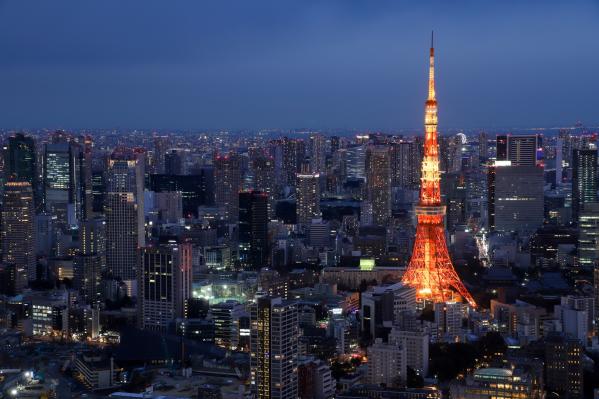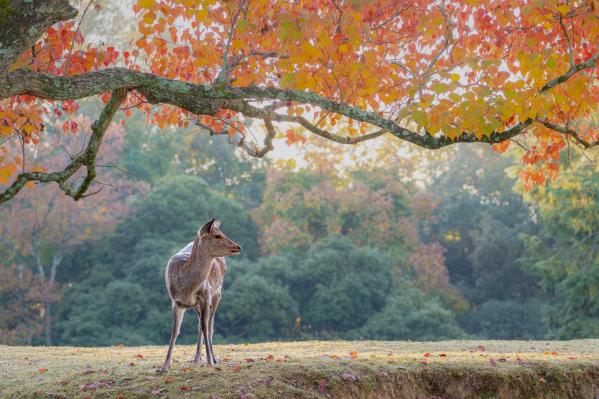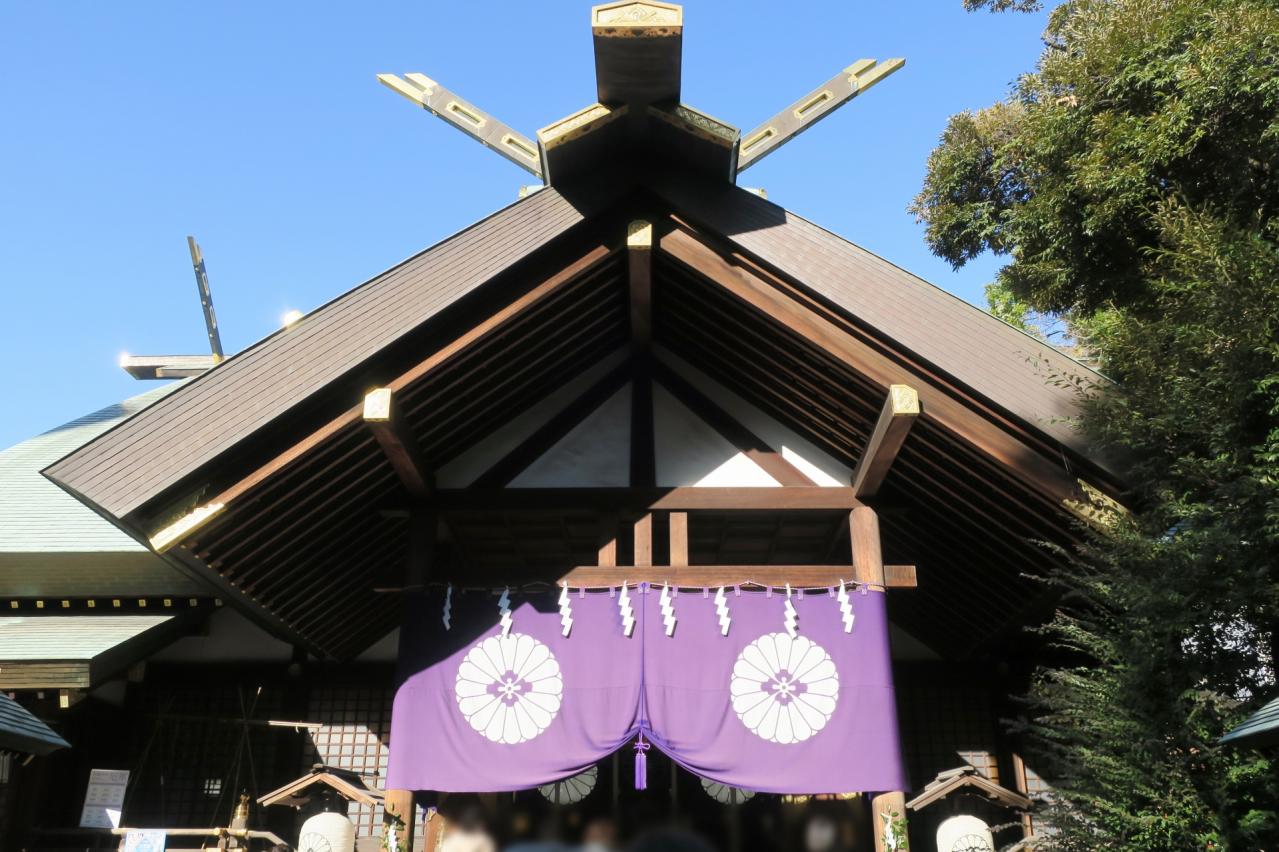
Tokyo Daijingu
Basic Information
- Spot Name
- Tokyo Daijingu
- Location
- 〒102-0071 2-4-1 Fujimi, Chiyoda-ku, Tokyo, Japan
- Access
- 5-minute walk from the west exit of JR "Iidabashi Station".
5-minute walk from B2a exit of Tokyo Metro Yurakucho Line and Namboku Line "Iidabashi Station".
5-minute walk from A4 exit of Tokyo Metro Tozai Line and Toei Oedo Line "Iidabashi Station". - Parking
- No parking available.
- Business Hours
- Opening hours: 6 AM - 9 PM
Amulet distribution hours: 8 AM - 7 PM
Shuin (temple seal) reception hours: 9 AM - 5 PM - Fees
- Free admission
- Contact Information
- Phone Number:03-3262-3566
- Official Website
Map
Detailed Information
Tokyo Daijingu: The "Ise Shrine of Tokyo" Located in the City Center
**History and Significance**
Tokyo Daijingu was established in 1880 (Meiji 13) under the imperial decree of Emperor Meiji as a worship hall for Ise Jingu. Initially, it was located in Hibiya, Chiyoda Ward, Tokyo, and was known as "Hibiya Daijingu."
After the Great Kanto Earthquake (1923), it moved to its current location in Iidabashi (Fuji Misaki, Chiyoda Ward, Tokyo) in 1930 (Showa 5). During this time, it was referred to as "Iidabashi Daijingu," and later in the post-war era, its name was changed to the current "Tokyo Daijingu."
Tokyo Daijingu has been a cherished place for the common people of the Edo period, allowing them to fulfill their lifelong desire of visiting Ise, referred to as the "Ise pilgrimage," right in the city, and is still respected by many people today as the "Ise Shrine of Tokyo."
**Deities Enshrined**
Tokyo Daijingu enshrines the following deities:
- **Deities of Ise Jingu**
Amaterasu Omikami: The chief deity of the Ise Jingu Naiku and the deity of all Japanese people.
Toyouke Omikami: The chief deity of agriculture, food, housing, and industries at the Ise Jingu Geku.
Yamato Hime no Mikoto: The divine messenger of Amaterasu Omikami, associated with the founding of the shrine.
- **Three Creation Deities (Deities of Unification)**
Amenominakanushi no Kami
Takamimusubi no Kami
Kamimusubi no Kami
These deities govern the creation and generation of all things and are revered as "deities of marriage."
**The Birthplace of Weddings in Front of the Shrine**
Tokyo Daijingu is also known as the shrine where Japan's first wedding ceremony in front of the shrine was held in 1900 (Meiji 33). This traditional ceremony is still solemnly conducted by priests, priestesses, and musicians, and remains a popular venue for prestigious weddings.
The adjacent "Matsuya Salon" is widely recognized as a venue for shrine weddings, where many couples continue to make their eternal vows.
**Popular Power Spot for Relationships**
Tokyo Daijingu holds significant popularity as a "shrine for romantic fulfillment" and a "power spot for relationship blessings," especially among young women seeking good relationships and love.
The shrine grounds offer "enmusubi amulets," "love omikuji," and "monthly flower prayer ema," providing visitors with enjoyable ways to seek blessings. It offers a tranquil "sacred forest" atmosphere that seems far from the urban bustle, allowing visitors to calm their minds and pray.
**Sub-shrine: Iitomi Inari Shrine**
Within the grounds of Tokyo Daijingu is the old sub-shrine known as "Iitomi Inari Shrine."
The chief deities are:
- Inari Omikami
- Ootokonushi no Kami
This shrine is known for its divine virtues as a guardian of livelihoods, business prosperity, and family well-being, and is also recognized as a shrine for the performing arts. There are anecdotes that even the ninth generation of Ichikawa Danjuro prayed here, and many in the performing arts community visit.
**Benefits and Beliefs**
The divine virtues of Tokyo Daijingu extend beyond relationship blessings to encompass a wide range, including:
- Achieving good relationships and love
- Family safety
- Business prosperity
- Good fortune and warding off bad luck
- Traffic safety
- Academic achievement, among others.
Tokyo Daijingu Movies
Tokyo Tourist Attractions
View ListRyogoku Kokugikan
Ryogoku Kokugikan is the "home of sumo," where the Grand Sumo Tournament is held three times a year. This multipurpose hall, which can accommodate up to 10,000 peopl...
Ginza Mitsukoshi
Ginza Mitsukoshi is a long-established department store that opened in 1930 and is located at the Ginza 4-chome intersection. With a total of 15 floors, including 3 ...
Tokyo Metropolitan Museum of Art
The Tokyo Metropolitan Art Museum opened in 1926 as Japan's first public art museum. Throughout the year, it hosts numerous exhibitions, including special exhibition...
Meiji Shrine
Meiji Shrine is an important Shinto shrine located in Shibuya, Tokyo, dedicated to Emperor Meiji and Empress Shoken. Built in 1920, it boasts the highest number of v...
Takeshita Street
Takeshita Street is a 350-meter long street located just outside Harajuku Station in Shibuya, Tokyo. It is popular as the center of Harajuku's "Kawaii culture," line...
National Diet Building
The National Diet Building is the center of Japan's legislature, located a 3-minute walk from Tokyo Metro's Nagatacho Station. Construction began in 1920 and was com...
Aqua City Odaiba
Aqua City Odaiba is a large shopping complex set in an excellent location facing Tokyo Bay. Adjacent to Odaiba Seaside Park, it offers views of the Statue of Liberty...
National Museum of Nature and Science
The National Museum of Nature and Science is the oldest and largest science museum in Japan. Established in 1877, it is currently located in Ueno Park, Tokyo. The ex...








